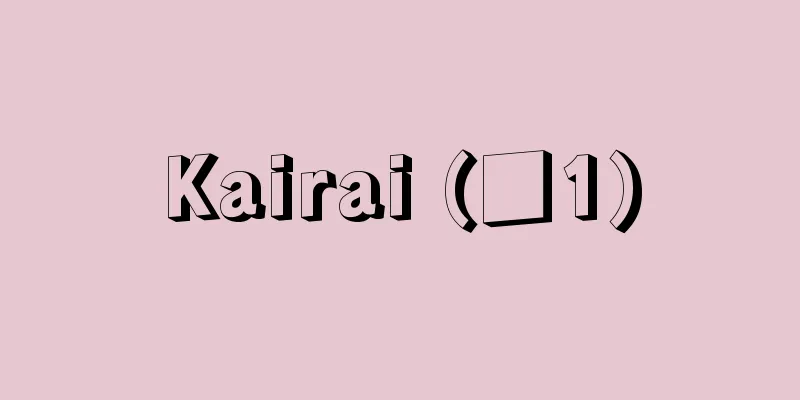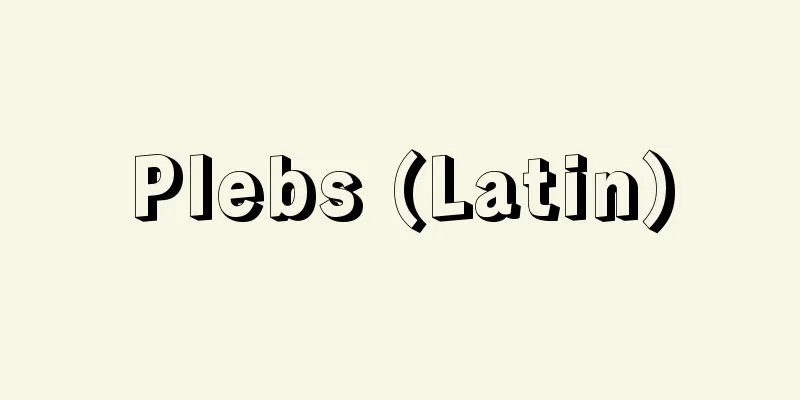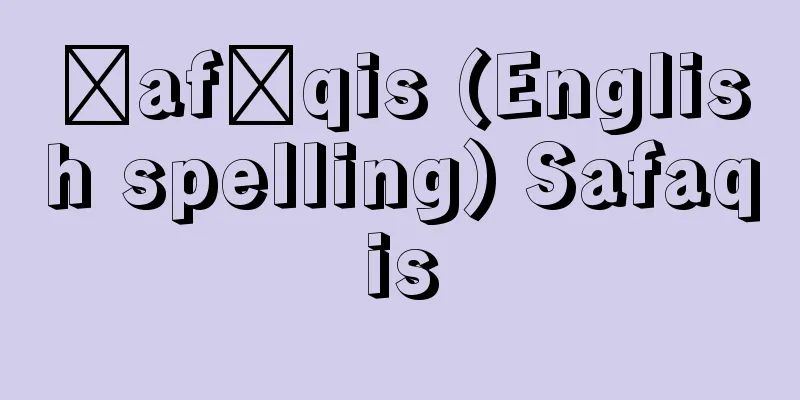Charges - Soin

|
It refers to the criminal facts described in the indictment. It is a concrete fact that is legally constructed by applying it to the elements of a crime. Unless the procedure for changing the charges is taken, the court cannot try criminal facts that are not described as charges. In other words, the subject of the trial is the charges. If a trial is made outside the charges, it will be considered as an absolute ground for appeal, as "a judgment has been made on a case for which no trial has been requested" (Criminal Procedure Law, Article 378, Paragraph 3). The indictment must state the facts of the indictment (Criminal Procedure Law, Article 256, Paragraph 2, Item 2), and the facts of the indictment must be stated by clearly indicating the charges, and in order to clearly indicate the charges, the facts that constitute the crime should be specified as far as possible by the date, place, and method (Criminal Procedure Law, Article 256, Paragraph 3). Typically, this will identify and describe (1) who (the perpetrator of the crime), (2) when (the date and time of the crime), (3) where (the location of the crime), (4) what and to whom (the object of the crime), (5) how (the method of the crime), and (6) what was done (the criminal act and its results). The system of listing charges in an indictment was first adopted in the current Criminal Procedure Code (Law No. 131 of 1948) after the Second World War. In the old Criminal Procedure Code (Law No. 75 of 1922), an indictment was merely a statement of the facts of the crime (Article 291 of the old Criminal Procedure Code), and no strict discipline was required for the format of the statement. Therefore, the court could broadly judge the crimes committed by the defendant without being bound by the facts of the crimes listed in the indictment. In contrast, the current law adopts a party-based litigation structure and guarantees the defendant's right to respond, so the method of listing charges in an indictment as in the old law could not be maintained, and the charge system was adopted. The significance of the charge system is, first, that it makes it possible to distinguish between charges and facts outside the charges (the identification function of the charges), second, that the defendant can limit his/her defensive activities to the charges (the defense function of the charges), and third, that the existence or non-existence of litigation conditions can be judged based on the charges. For example, the existence or non-existence of subject matter jurisdiction and the existence or non-existence of a complaint are judged based on the charges. [Moriichi Taguchi] Change of cause of actionIn the course of the proceedings, if facts different from those in the indictment come to light and it seems unlikely that the court will find the charges as they are, the prosecutor may request a change of charges. In other words, when requested by the prosecutor, the court must allow the addition, withdrawal or change of charges or penal provisions in the indictment to the extent that does not harm the identity of the facts of the indictment (Criminal Procedure Code, Article 312, Paragraph 1). However, it is considered that there is a time limit for changing the charges, and if a request for a change of charges is not made at the time it should normally be made, and the defendant's defense efforts are successful at the final stage of the proceedings, and a request for a change of charges is made only in order to obtain a guilty verdict, it is considered an abuse of rights and a change of charges is not permitted. Regarding the extent to which the facts of the indictment and the facts revealed by the evidence must differ in order for a change of indictment to be required, it is considered to be the case where the change in facts would generally be prejudicial to the defendant's right to defense (prevailing theory and precedent). For example, a change of indictment is required when the nature of the criminal act changes (from indecent assault to public indecent assault) or when the nature of the negligence changes (from negligence in taking the clutch pedal off to negligence in delaying the application of the brakes). In addition, precedent has stated that a change of indictment is required only for indictments that are clearly stated from the perspective of determining the subject of the trial, but even for other facts, if a fact that is generally important to the defendant's defense and should be clearly stated in order to clarify the issues at stake, etc., is set as a indictment, a change of indictment procedure is required to determine facts that differ from those facts, thus expanding the scope of the indictment that requires a change of indictment (Supreme Court Third Petty Bench decision of April 11, 2001). In addition, if new facts come to light that are not included in the identity of the indictment, the charges cannot be changed, the defendant will be found not guilty of the current charges, and a separate charge will be filed for the new facts. In addition, the court may, when it deems it appropriate in light of the progress of the trial, order the addition or modification of charges or penal provisions (Article 312, Paragraph 2 of the same law). This is called an order to change the charges. From the prevailing view that charges are the subject of trial based on the party principle, it is the prosecutor's job to set the subject of trial, and the court will only judge the charges that have been set. Therefore, an order to change the charges is understood to be an exceptional system for cases where, for example, the prosecutor carelessly does not request a change of charges. Case law also states that, in principle, the court is not obligated to issue an order to change the charges, but, as an exception, when the evidence shows that there is no other option than to find the defendant not guilty of the charge of murder listed in the indictment, but it is clear that the defendant would be guilty if the charge were changed to a charge of a significantly more serious crime, such as manslaughter by gross negligence, the court is obliged to encourage or order the change of the charges (Supreme Court Third Petty Bench decision, November 26, 1968). However, even if the court issues an order to change the charges, the charges will not be changed unless the prosecutor follows the order and requests a change of charges. In other words, an order to change the cause of action is not considered to have any constitutive effect (prevailing opinion/case law). [Moriichi Taguchi] [Reference items] | | | | | |Source: Shogakukan Encyclopedia Nipponica About Encyclopedia Nipponica Information | Legend |
|
起訴状に記載された犯罪事実をいう。犯罪の構成要件にあてはめて法律的に構成された具体的事実である。裁判所は、訴因変更の手続がとられないかぎり、訴因として記載されていない犯罪事実につき審判することはできない。すなわち、審判の対象は訴因である。訴因を逸脱して審判した場合は、「審判の請求を受けない事件について判決をした」(刑事訴訟法378条3号)として、絶対的控訴理由となる。起訴状には公訴事実を記載しなければならず(同法256条2項2号)、公訴事実は訴因を明示して記載することとされ、訴因を明示するには、できるかぎり日時、場所および方法をもって罪となるべき事実を特定して記載すべきこととされている(同法256条3項)。典型的には、(1)だれが(犯罪の主体)、(2)いつ(犯罪の日時)、(3)どこで(犯罪の場所)、(4)何を、だれに対して(犯罪の客体)、(5)どのような方法で(犯罪の方法)、(6)何をしたか(犯罪行為と結果)を特定して記載することとなる。 起訴状に訴因を記載する制度は、第二次世界大戦後の現行刑事訴訟法(昭和23年法律第131号)において初めて採用された。旧刑事訴訟法(大正11年法律第75号)における起訴状では、単に犯罪事実を示すものとされ(旧刑事訴訟法291条)、その記載形式に厳格な規律は要求されていなかったため、裁判所は、起訴状記載の犯罪事実に拘束されないで、被告人の犯した罪を広く審判することができた。これに対して、現行法は、当事者主義の訴訟構造を採用し、被告人の応訴権を保障したので、旧法のような起訴状記載の方式は維持できないこととなり、訴因制度が採用された。訴因制度の意義は、第一に、訴因と訴因外事実との区別が可能となり(訴因の識別機能)、第二に、被告人としては防御活動を訴因に限定することができ(訴因の防御機能)、また、第三に、訴訟条件の存否について訴因を基準として判断できることである。たとえば、事物管轄の有無、告訴の有無などは訴因を基準として判断される。 [田口守一] 訴因の変更訴訟の進展過程において、起訴状記載の訴因と異なる事実が判明し、そのままでは裁判所によって訴因事実が認定される見込みがないと思われる場合には、検察官は訴因の変更を求めることができる。すなわち、裁判所は、検察官の請求があるときは、公訴事実の同一性を害しない限度において、起訴状に記載された訴因または罰条の追加、撤回または変更を許さなければならない(刑事訴訟法312条1項)。ただし、訴因変更には時期的限界があると考えられており、通常なされるべき時期に訴因変更の請求をせず、訴訟の最終段階に至って被告人の防御活動が功を奏した段階で、有罪判決を獲得するためにのみ訴因変更を請求するような場合は、権利濫用的な訴訟活動であるとして、訴因変更は許されないとされている。 訴因事実と証拠によって判明した事実が、どの程度に異なった場合に訴因変更の手続をとる必要があるかについては、その事実の変化によって被告人の防御権が一般的に不利益を受けるおそれがある場合とされている(通説・判例)。たとえば、犯罪行為の態様が変化する場合(強制わいせつ→公然わいせつ)、過失態様が変化する場合(クラッチペダルを踏み外した過失→ブレーキをかけるのが遅れた過失)などには訴因変更が必要となる。また、判例は、訴因変更が必要となるのは、審判対象の確定という見地から明示された訴因についてであるが、それ以外の事実であっても、一般的に被告人の防御にとって重要な事項について争点の明確化などのため明示することが望ましい事実が訴因とされた場合には、その事実と異なる事実を認定するには訴因変更手続を必要とするとして、訴因変更を必要とする範囲を拡大している(平成13年4月11日最高裁判所第三小法廷決定)。なお、公訴事実の同一性に含まれない新事実が判明した場合は、訴因の変更は許されず、現訴因については無罪が言い渡され、新事実については別訴が提起されることになる。 また、裁判所は、審理の経過にかんがみ適当と認めるときは、訴因または罰条を追加または変更すべきことを命ずることができる(同法312条2項)。これを訴因変更命令という。当事者主義をモデルとして訴因を審判の対象と考える通説からすれば、審判対象の設定はあくまで検察官の任務であり、裁判所は設定された訴因についてのみ審判することになるから、訴因変更命令は、たとえば検察官が不注意で訴因変更の請求をしないような場合についてのあくまで例外的な制度であると理解することになる。判例も、裁判所には、原則として訴因変更命令の義務はないが、例外的に、証拠上、起訴状に記載された殺人の訴因については無罪とするほかなくても、これを重過失致死という相当重大な罪の訴因に変更すれば有罪であることが明らかな場合には、訴因変更を促しまたはこれを命ずる義務があるとしている(昭和43年11月26日最高裁判所第三小法廷決定)。もっとも、裁判所が訴因変更命令を出しても、検察官がこれに従って訴因変更請求をしないかぎり訴因は変更されない。すなわち、訴因変更命令には形成力は認められない(通説・判例)。 [田口守一] [参照項目] | | | | | |出典 小学館 日本大百科全書(ニッポニカ)日本大百科全書(ニッポニカ)について 情報 | 凡例 |
Recommend
Okuri Misono - Okuri miso
In the Middle Ages, those who produced and prepare...
Electrolytic oxidation
A method of obtaining oxides by utilizing an anodi...
Gallinago megala (English spelling) Gallinagomegala
… [Shinji Takano]. … *Some of the terminology tha...
torrent duck
...(3)Merganettini: They live in mountain streams...
Examination of the parties involved
In civil litigation, examination of evidence is c...
Thutmose [III] - Thutmose
The sixth king of the 18th Dynasty of Egypt (reign...
Upper Atmosphere Physics
It is a science that studies the properties of the...
Reigan Island
The area is located at the eastern end of Chuo Wa...
Act of Wales - Wales Act
…After that, successive English kings made campai...
Ghadames
…Leather was widely used in the Greek and Roman e...
Surkh Kotal (English spelling)
...In Indian and Byzantine historical documents, ...
Sir Thomas Beecham
British conductor. Born in St. Helens near Liverp...
Traveling country - Traveling country
A group of nomads in northern Asia. A word found i...
Xanthine - Kisanchin (English spelling) xanthine
A chemical substance present in living organisms,...
Blue-and-white flycatcher - Blue-and-white flycatcher
...It overwinters as a pupa. The A. gnoma (illust...









